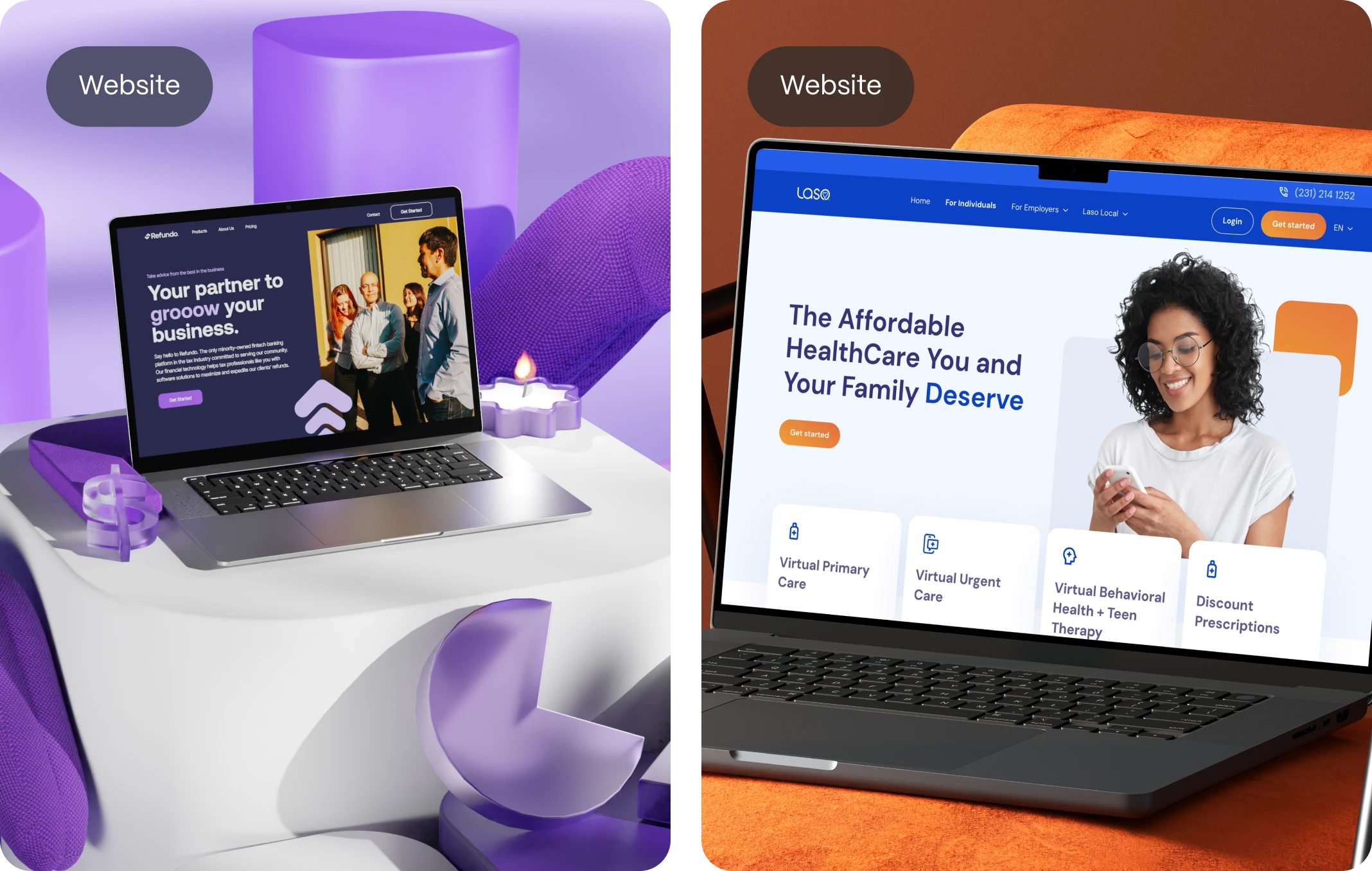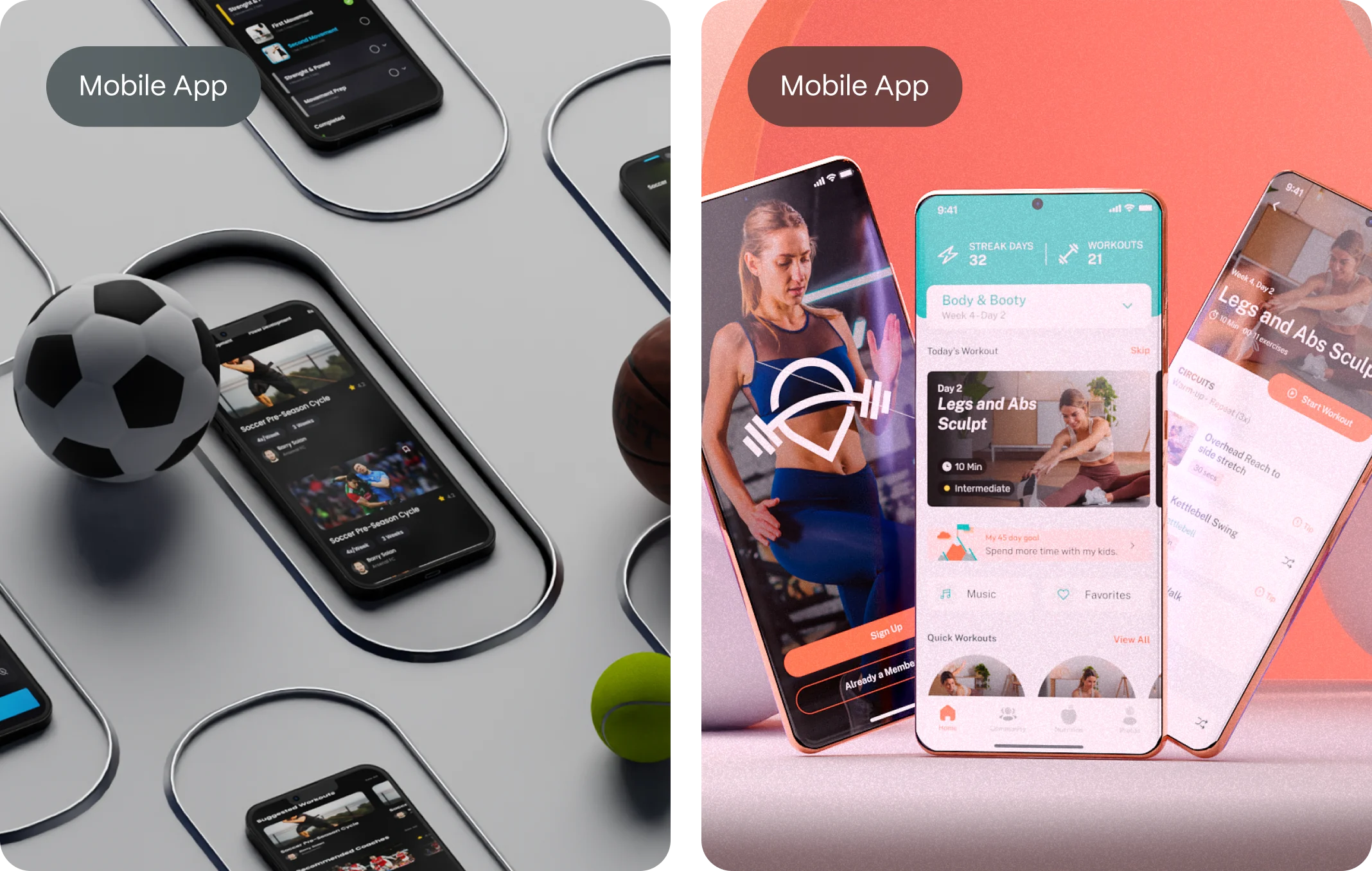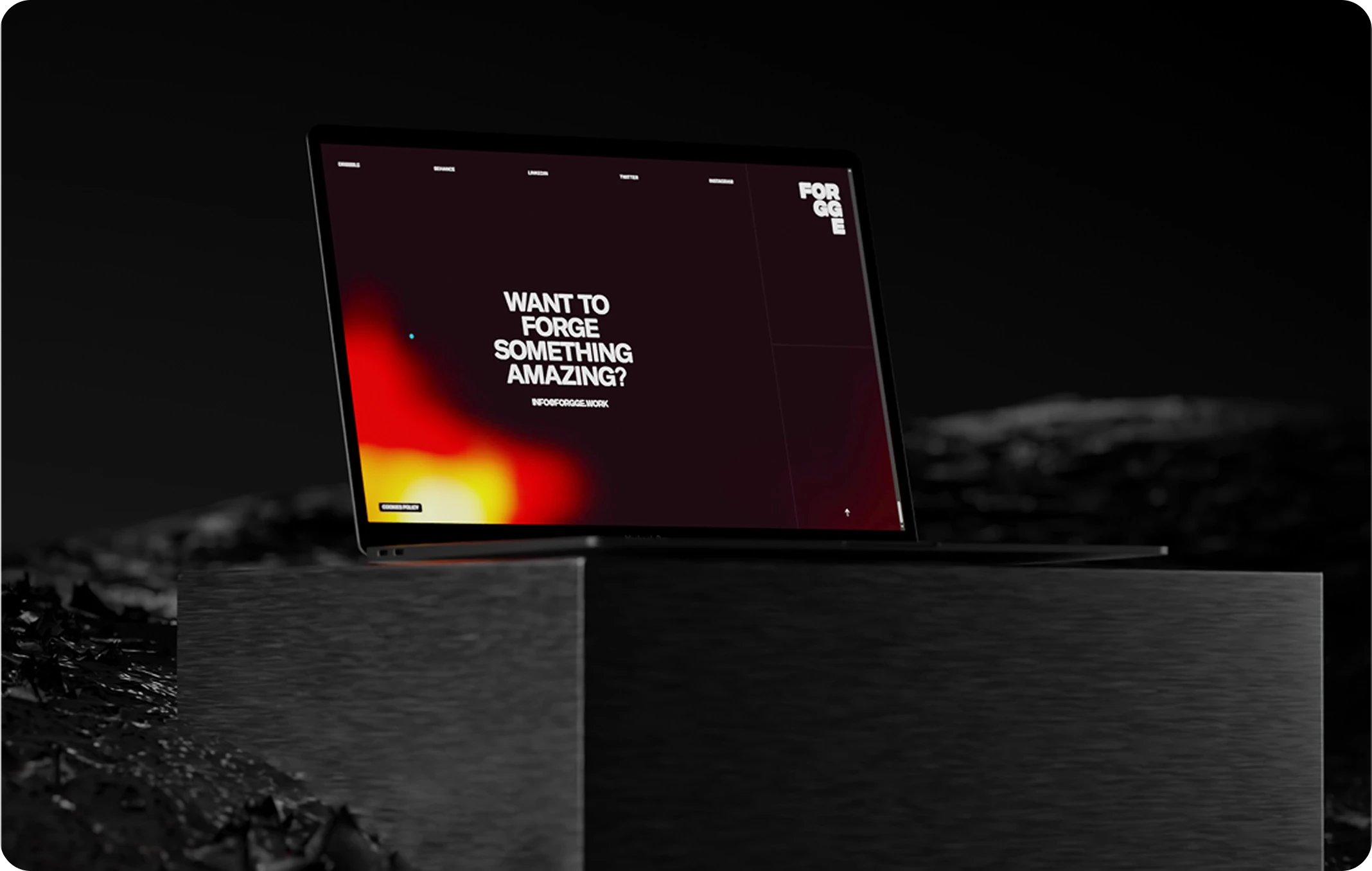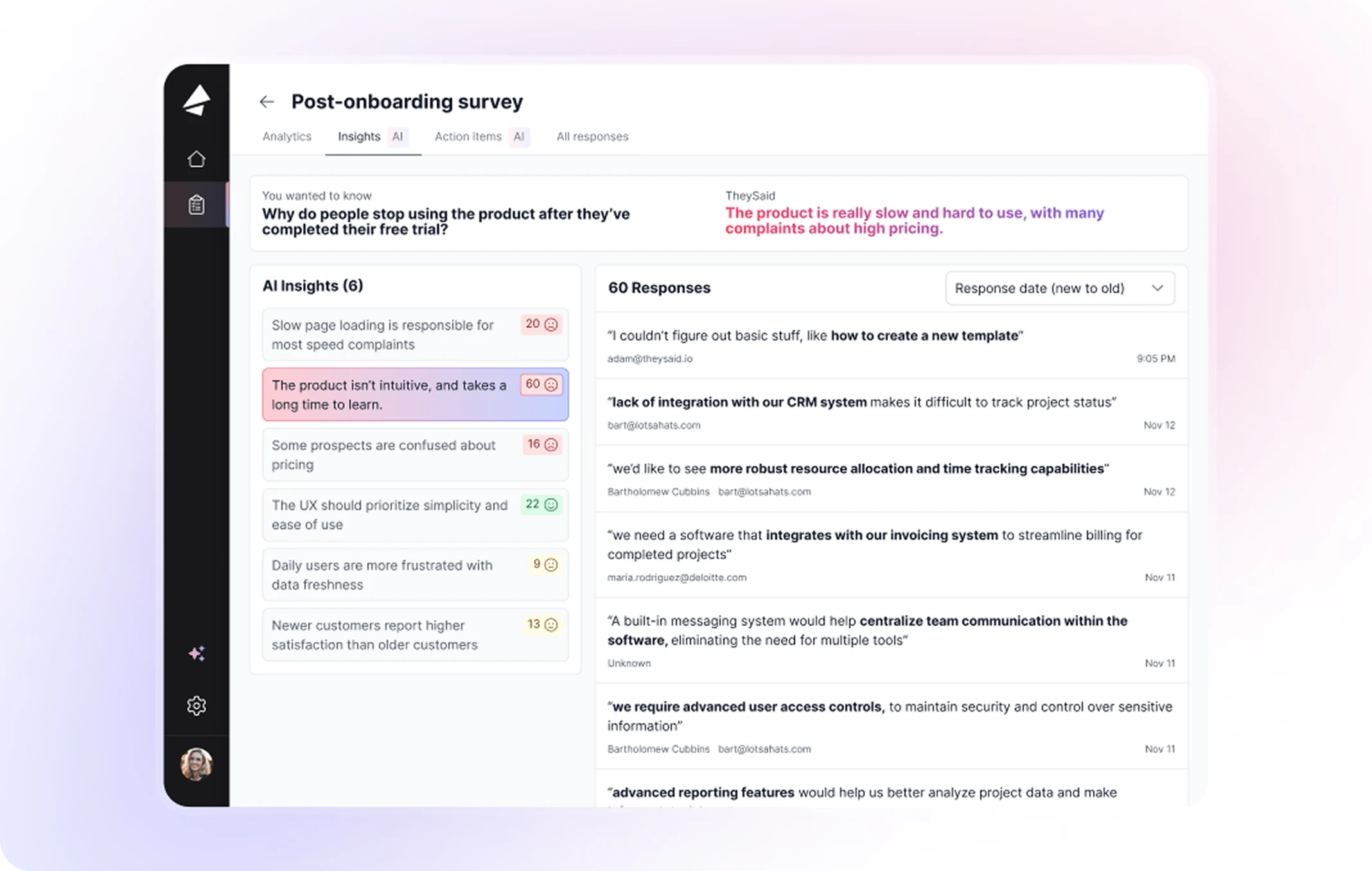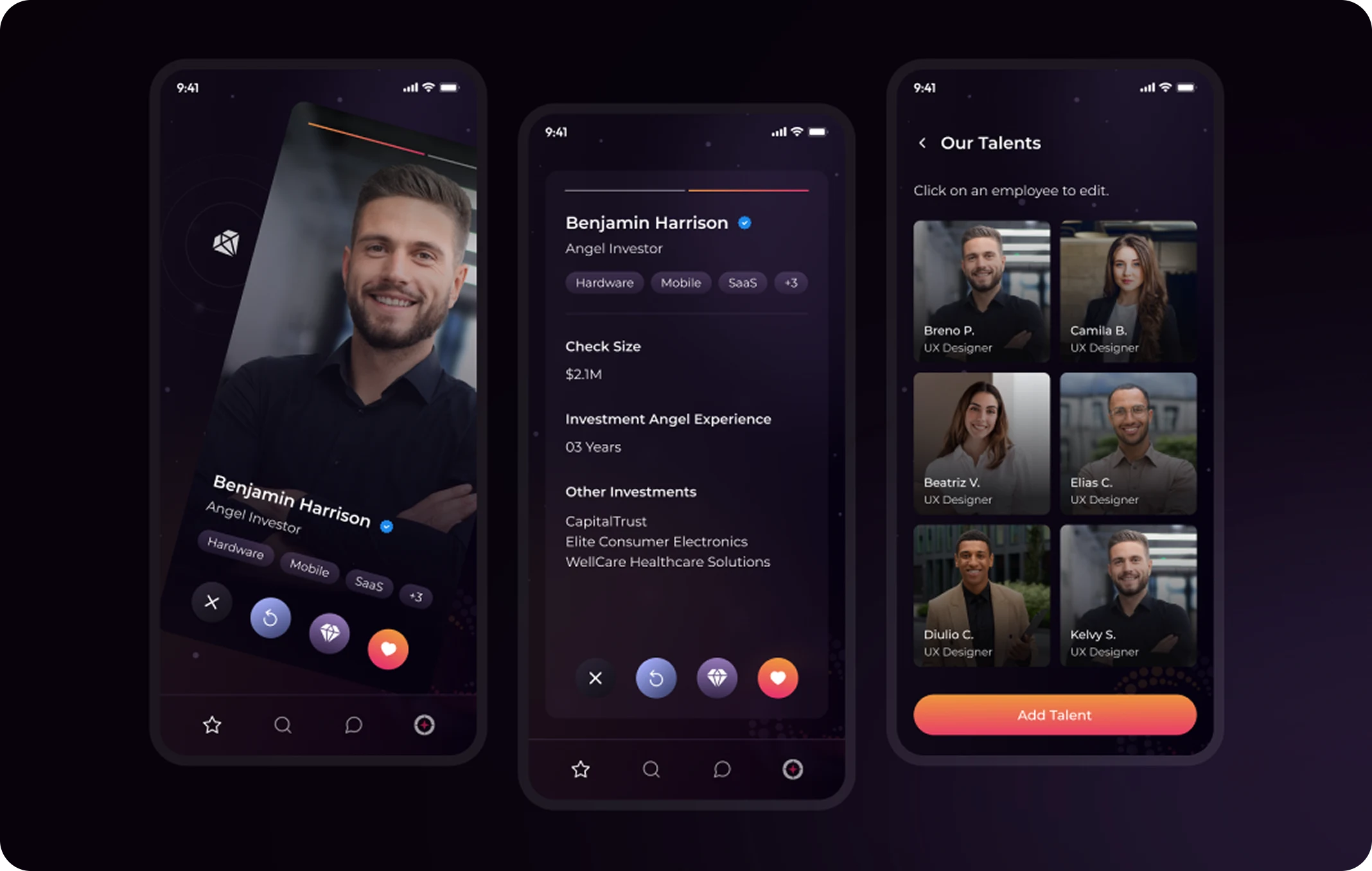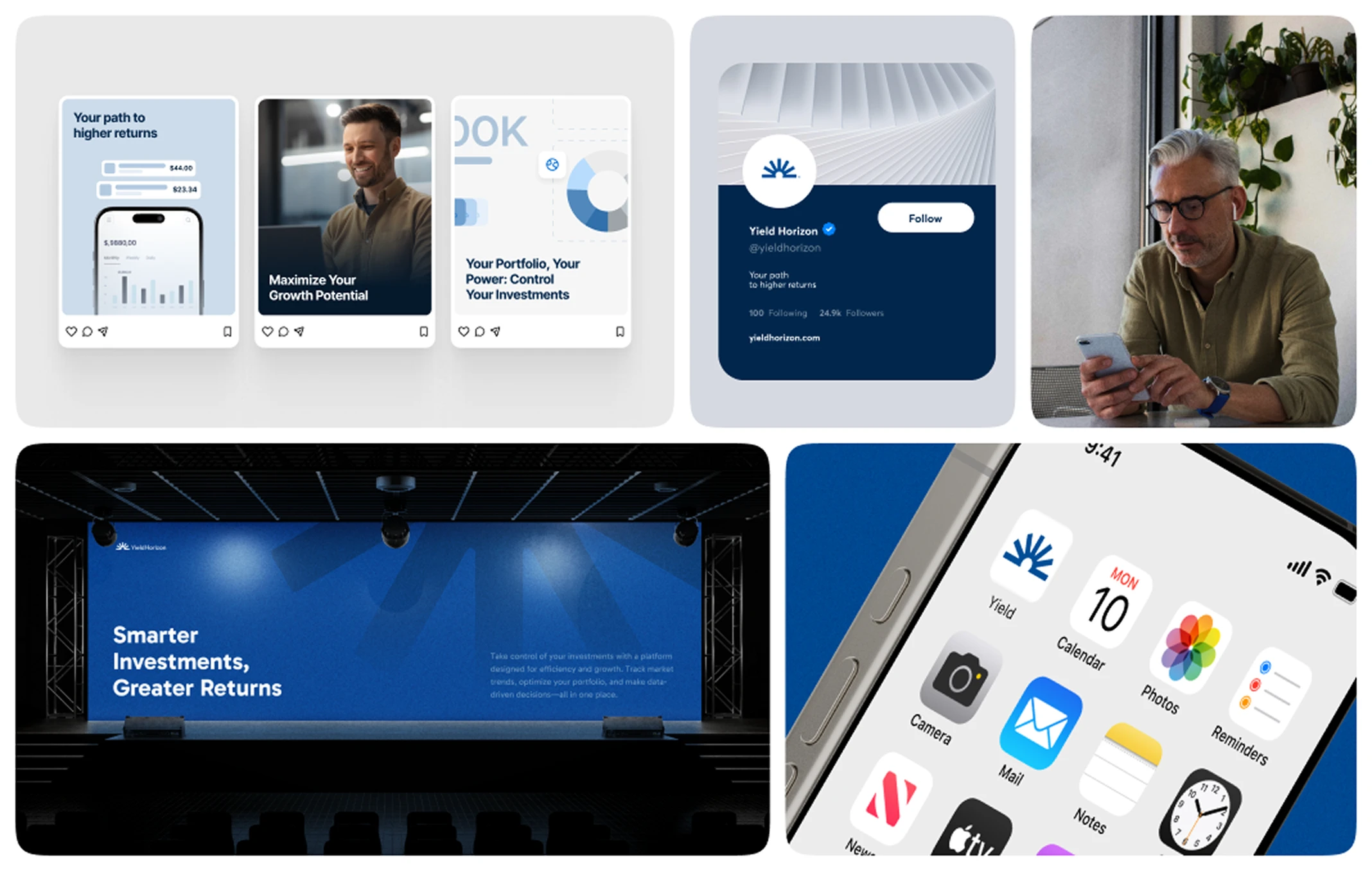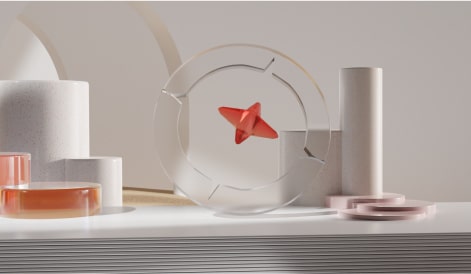The potential of blockchain is immense. But unlocking that potential requires more than code—it requires clarity, usability, and trust.
In 2025, users still abandon crypto platforms for the same reasons they did five years ago: poor onboarding, unclear messaging, confusing interfaces, and fragile experiences that don’t match user expectations. The barrier isn’t blockchain—it’s how it feels to interact with it.
That’s why crypto design matters. It turns abstract, decentralized logic into smooth, intuitive interactions that build confidence and drive engagement. Design is the translator between complex systems and real-world users. In Web3, it’s not optional—it’s the difference between adoption and abandonment.
In this guide, we’ll explore what makes crypto design effective, how to craft user experiences that lower friction, and what Evo Design has learned from helping blockchain startups grow. Whether you’re building a DeFi dashboard, NFT marketplace, or DAO governance tool, this article will give you the frameworks to make crypto click.
What Is Crypto Design?
Crypto design refers to the visual and interactive layer of blockchain-based products. It includes user interface (UI), user experience (UX), motion, accessibility, microcopy, and brand systems—specifically adapted to decentralized environments.
Unlike traditional web design, crypto design faces unique challenges:
- Interfaces must communicate financial risks, token logic, and transaction flow
- Users often arrive with little or no blockchain literacy
- Every interaction carries value, often in the form of tokens or assets
- The design must balance transparency, privacy, and usability
Crypto design builds the bridge between the protocol and the person.
Why Crypto UX Still Struggles in 2025
Despite billions in funding and years of innovation, most crypto platforms still suffer from friction. Here are some persistent problems:
1. Overwhelming interfaces
Many platforms try to do too much at once. Users face layers of data without guidance. Interfaces lack visual hierarchy, causing confusion and drop-off.
2. Poor onboarding
Wallet creation, seed phrases, gas fees, and bridging tokens are still intimidating. If onboarding isn’t seamless, users abandon the process.
3. Lack of feedback
Blockchain transactions can take seconds or minutes. Many interfaces fail to offer real-time confirmations or clear progress indicators, leading users to panic or refresh mid-process.
4. No emotional design
Web3 often feels transactional. Without personality, storytelling, or emotional design, users feel disconnected from the brand or the mission.
Design isn’t the final coat of paint. It’s the foundation that makes blockchain usable, understandable, and trustworthy.
Principles of Effective Crypto Design
Great crypto design is intentional, secure, and human-centered. Here are key principles every Web3 product should follow:
1. Minimize cognitive load
Don’t assume users understand gas, staking, bridging, or DAO proposals. Use progressive disclosure—show only what’s necessary, when it’s relevant.
2. Embrace familiarity
Use design patterns that feel familiar to Web2 users. Use standard UI components, intuitive navigation, and plain language to reduce learning curves.
3. Show transactions with clarity
Every transaction should include clear pre-confirmation details, visual verification, cost breakdowns, and confirmation states. Add loading indicators, timestamps, and status feedback.
4. Prioritize security through UX
Design should protect users by default. Highlight risks visually. Make approvals, wallet permissions, and signing prompts explicit and easy to review.
5. Support all user levels
Offer beginner modes and advanced toggles. Let users grow into complexity, rather than be overwhelmed by it.
These principles reduce friction—and increase trust.
How Crypto Design Builds Trust
Trust is the currency of Web3. Without central authorities or traditional guarantees, users need to feel confident in every interaction.
Design communicates trust in several ways:
- Consistency across touchpoints builds familiarity
- Transparency in wallet integrations, transaction fees, and asset states reduces ambiguity
- Visual stability (no layout shifts, errors, or flashing elements) builds a sense of control
- Tone of voice helps users feel supported rather than intimidated
From the moment someone visits your landing page to the final confirmation of a transaction, design either earns trust—or erodes it.
Case Studies in Successful Crypto Design
Uniswap
Uniswap’s design has been widely praised for its simplicity. The interface focuses on a single action: swapping tokens. Every detail—from confirmation modals to slippage explanations—is designed for clarity.
Zapper
Zapper’s dashboard for DeFi portfolios uses card-based layouts, gentle animations, and onboarding tips that guide users through complex yield strategies without overwhelming them.
Worldcoin
After controversies around identity verification, Worldcoin redesigned its app to focus on human-first interactions: clearer copy, real-time feedback during scans, and explainer modals that built emotional reassurance.
These brands used crypto design not just to look polished—but to scale safely.
Visual Language for Web3
Crypto platforms are evolving visually. Today’s users expect more than minimalist dashboards.
Common crypto visual styles:
- Dark UI themes with neon accents for a futuristic vibe
- Soft gradients and glassmorphism for sophistication
- Typography-led layouts that prioritize information density
- Microinteractions that signal security (e.g., lock icons, verified badges)
But visual design must always serve UX goals. At Evo, we develop design systems that include:
- Token color rules for alerts, rewards, and system feedback
- Iconography for token actions, smart contract triggers, and wallet states
- Layered hierarchy for multi-token platforms
- Motion design to indicate transaction status and wallet sync
Motion, Microcopy, and Microinteractions
Crypto design lives in the small details.
Motion design helps users understand waiting times, confirmations, and risks. Animations should be subtle and purposeful.
Microcopy explains complex terms like “bridge,” “delegate,” “wrap,” and “approve” in human language.
Microinteractions like wallet connection feedback, haptic clicks, and contextual tooltips build an environment of responsiveness.
The less effort required to understand and trust a feature, the more likely users are to adopt it.
Designing for Cross-Wallet and Cross-Chain Use
Today’s users hold assets across multiple wallets and chains. Your design needs to:
- Detect wallet status (connected, disconnected, pending)
- Offer seamless switching between chains (Ethereum, Polygon, Arbitrum)
- Reflect user balances accurately across integrations
- Prevent accidental approvals on the wrong chain
Design plays a key role in avoiding irreversible mistakes. Visual alerts, chain selectors, and user education components are critical.
Onboarding Web3 Users
Crypto onboarding must evolve beyond seed phrases and browser extensions.
A smooth onboarding flow might include:
- Introductory tooltips and walkthroughs
- Embedded wallet creation (e.g., Web3Auth or Magic)
- Social login options (when appropriate)
- Language that reassures instead of overwhelming
Onboarding should match the mental model of a new user, not the logic of the protocol.
How Evo Design Approaches Crypto Projects
At Evo Design, we’ve worked with crypto startups across DeFi, DAOs, NFT platforms, and tokenized communities.
Our process includes:
- Discovery workshops to define user needs and technical constraints
- Empathy mapping to understand user behavior, knowledge gaps, and goals
- Wireframes and clickable prototypes that simulate real interactions
- Design systems built for scalability across wallets, chains, and user segments
- User testing with crypto-native and crypto-new users for clarity validation
We treat crypto design as product strategy, not just visuals. Our goal is always to reduce friction and accelerate adoption.
FAQ: Crypto Design & Blockchain UX
What is crypto design?
Crypto design refers to the UX and UI strategy behind blockchain products. It focuses on creating intuitive, secure, and user-friendly experiences for Web3 users.
Why is crypto design important?
Because blockchain systems are complex by nature, users need design to understand, trust, and navigate them. Crypto design removes barriers to entry and increases adoption.
How is crypto design different from traditional web design?
Crypto design involves managing transactions, wallets, tokens, and cross-chain activity—all of which require new UX patterns and security considerations.
What are examples of good crypto design?
Platforms like Uniswap, Zapper, and Worldcoin demonstrate best practices in crypto UX: clarity, focus, feedback, and emotional design.
How can startups improve their crypto UX?
By applying empathy mapping, simplifying onboarding, testing with real users, and developing design systems that scale across wallets and devices.
Does Evo Design work with crypto startups?
Yes. Evo Design has helped Web3 startups build intuitive, high-converting interfaces that support scalability, security, and community growth. You can read more about how Web3 design builds trust in our blog.

